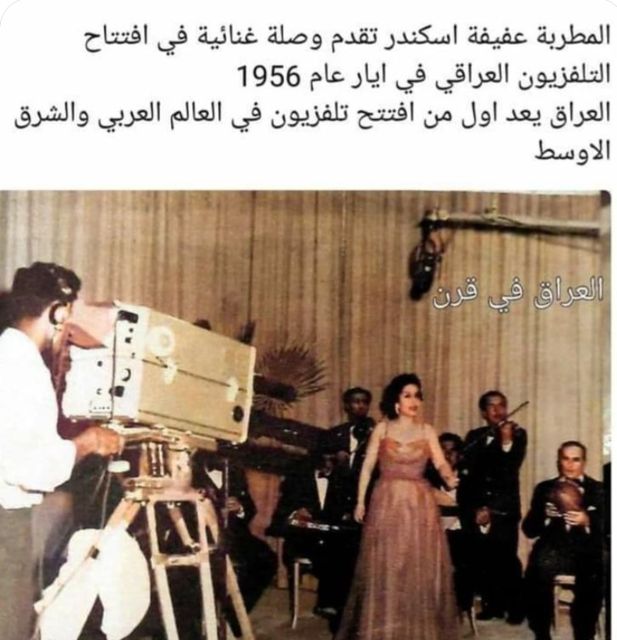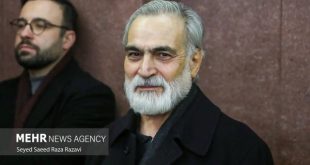 An exhibition in Chicago is celebrating the work of the Iraqi architect who rebuilt Baghdad following Iraq’s 1958 revolution. After deposing its British mandated monarchy, post-colonial Iraq faced building a modern nation which stayed true to its national identity. Rifat Chadirji became the pivotal cultural figure in consolidating Baghdad’s postwar image from the 1950s through to the 1970s. With nearly 100 buildings, Chadirji, now 90 and living in London, contributed to the design and construction of factories, colleges, communication structures and monopoly headquarters through his architectural office, Iraq Consult. His iconic works include the 1955 Abboud Building, Baghdad’s very first high-rise.
An exhibition in Chicago is celebrating the work of the Iraqi architect who rebuilt Baghdad following Iraq’s 1958 revolution. After deposing its British mandated monarchy, post-colonial Iraq faced building a modern nation which stayed true to its national identity. Rifat Chadirji became the pivotal cultural figure in consolidating Baghdad’s postwar image from the 1950s through to the 1970s. With nearly 100 buildings, Chadirji, now 90 and living in London, contributed to the design and construction of factories, colleges, communication structures and monopoly headquarters through his architectural office, Iraq Consult. His iconic works include the 1955 Abboud Building, Baghdad’s very first high-rise.
It comprised a white cylindrical tower punctuated by the Morse code of his dot-and dash-shaped windows, which sat on top of a rectangular base. He also designed the Tobacco Building in 1965 and the 1966 Federation of Industries building. By 1970 Chadirji had offices throughout the Middle East, one employing a young Zaha Hadid. He was also an amateur photographer, with his archives providing a vivid comparison between the secular Iraqi street life of the 70s to the Saddam-era widespread demolition of buildings, of veiled women sorting through rubble, and new archways erected in celebration of the Ba’ath party.

